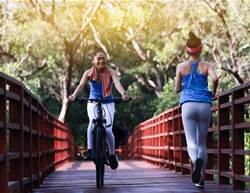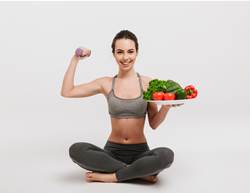Even if you don't pay monthly dues at the gym or have a dedicated workout area at home, you still have the only tool you need to get in the best shape of your life: your own body. Doing bodyweight movements, like squats and push-ups, during high-intensity interval training (HIIT), is a super-effective workout—and one that's nearly equipment-free. If you have sneakers and a timer, you're ready to go.
So what's HIIT? "It's a method of training in which you perform an exercise at your all-out, maximum effort for a short period of time, then follow it with a brief rest period," explains personal trainer Daphnie Yang. "By repeating this over and over again you create intervals of spiking your heart rate up balanced with recovery." Even if you can't run a kilometer without stopping, chances are, you can sprint in place for 30 seconds. You'll need to push yourself, but only for short, manageable periods of time.
To get the most out of your bodyweight workout, focus on exercises that use multiple muscle groups at once. "They are more effective at raising your heart rate since they are using so much of the body at once, and they help you achieve benefits quicker than isolated strength-training exercises," says personal trainer and nutrition coach Candice Seti.
Here, trainers and fitness experts share 7 highly effective bodyweight moves that can help you reach your fitness goals. Don't do them every single day, as your changing body and developing muscles need time to regroup. "It's best to take a rest day, a weight training day, or cardio day in between if you really want to energise your results," says personal trainer and nutritionist Devan Kline.
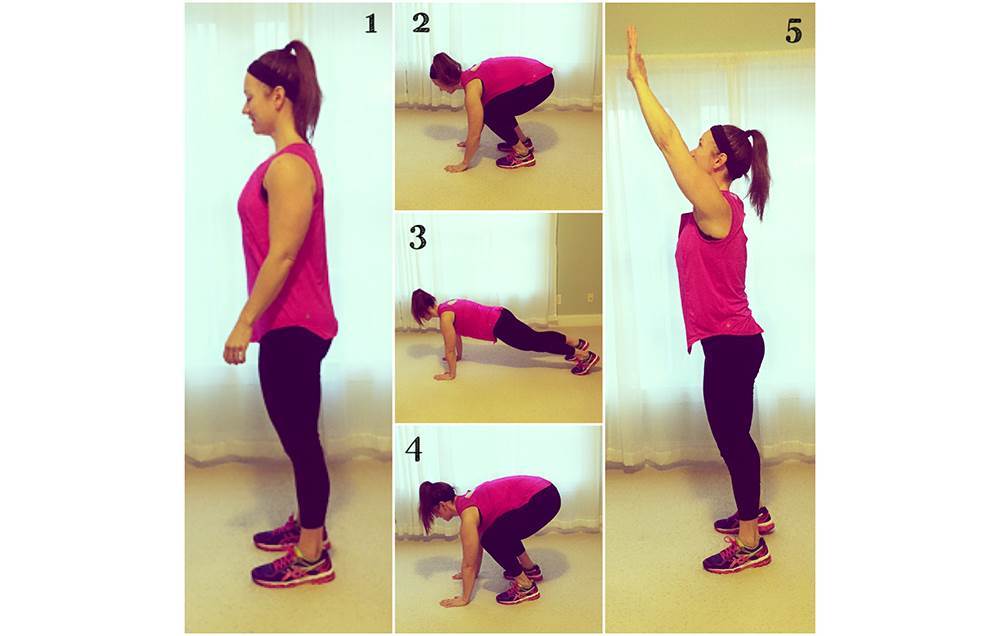

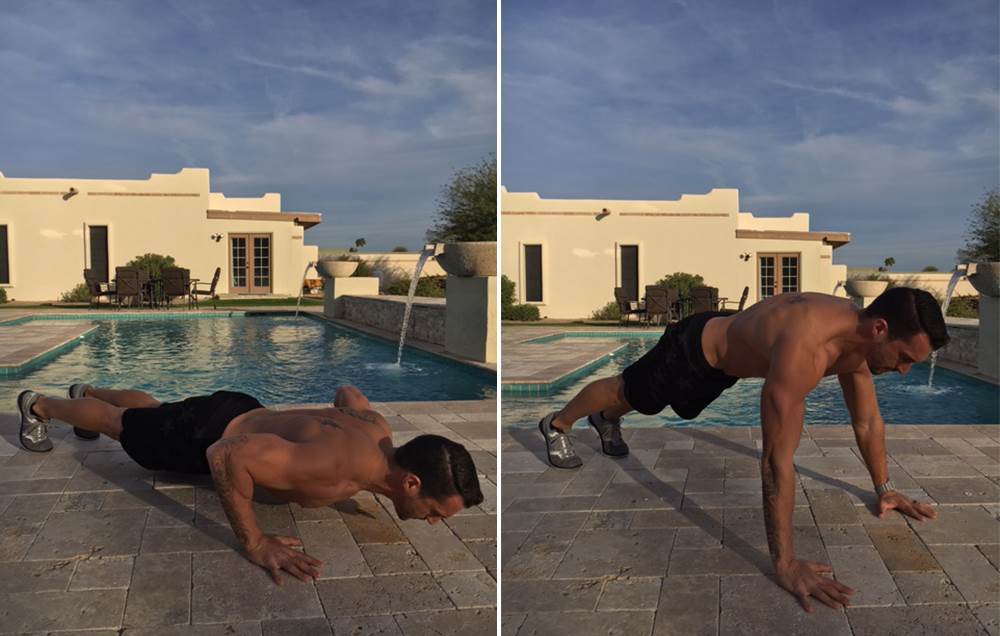
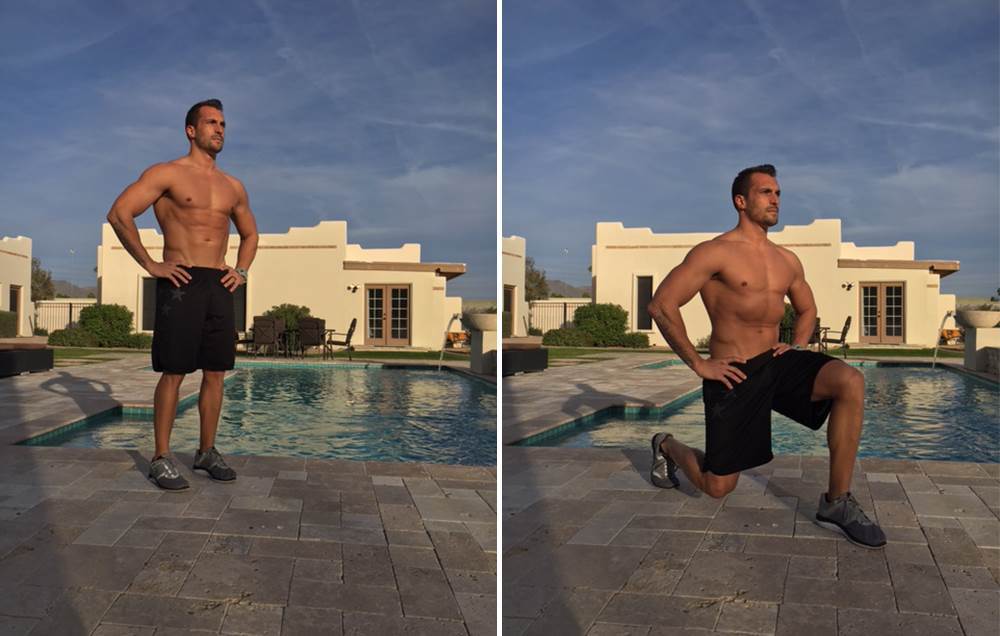
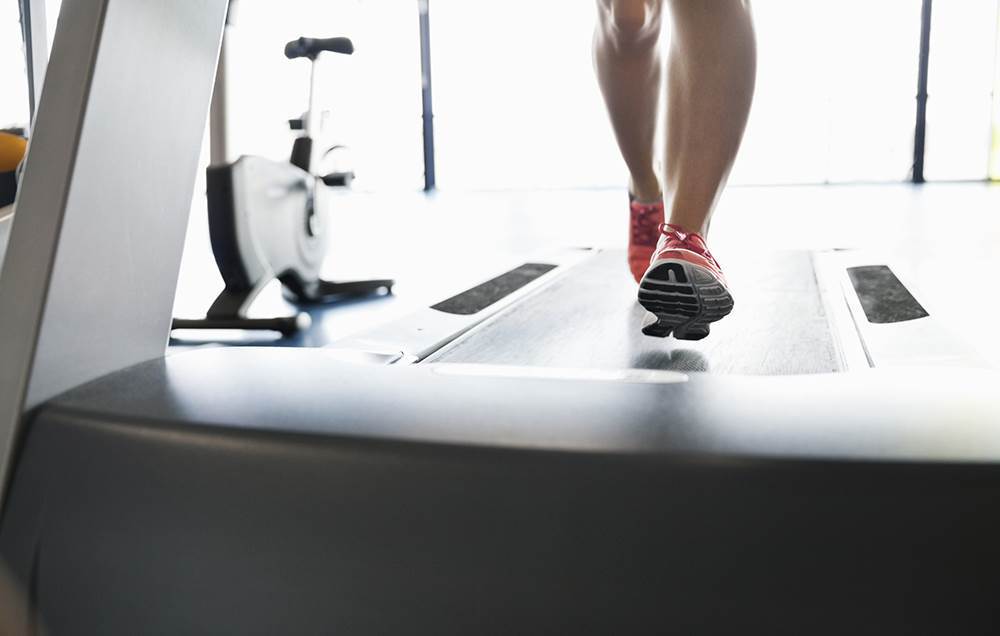
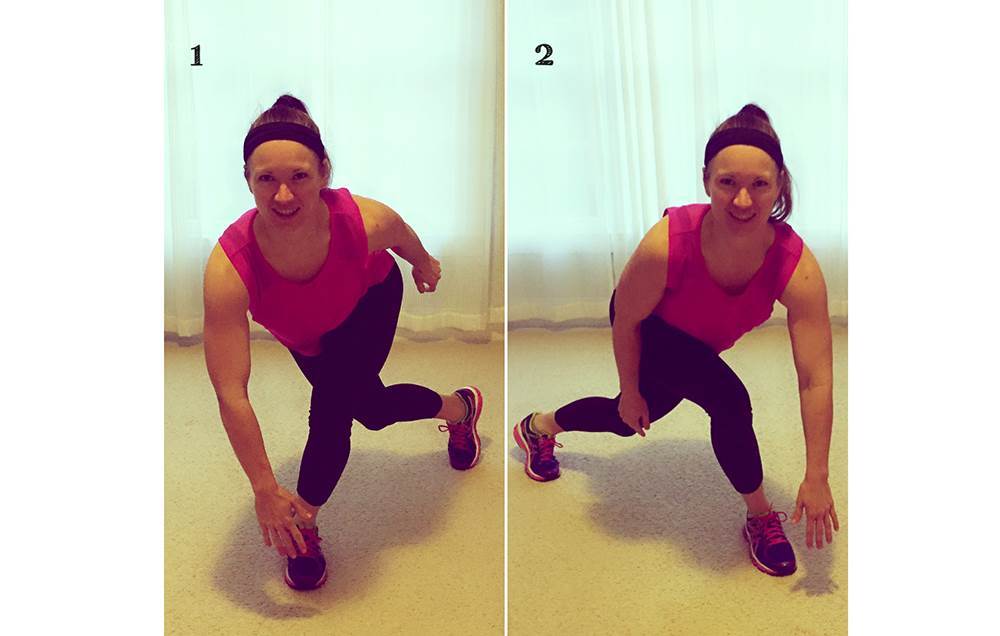
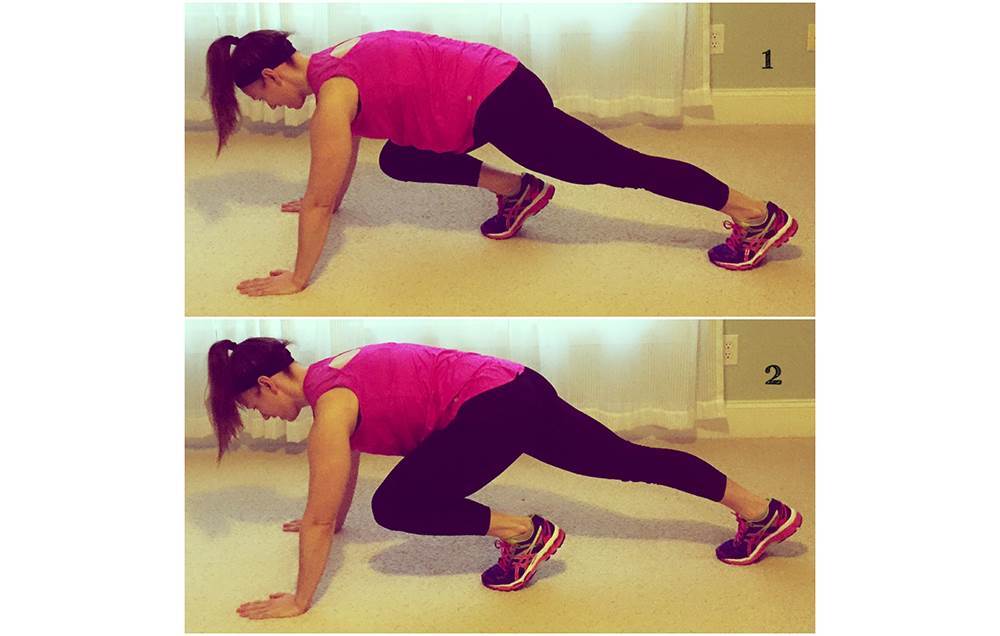
Burpee
How to do it: Stand with your feet shoulder-width apart, then jump up and clap your hands above your head before bending down in a squat and jumping your feet behind you into push-up position. Lower down into a push-up, then come back up. Now jump your feet forward to your hands, stand (or jump up) and clap. (Don't worry—they get easier.)
Why it's effective: The push-up engages your upper body, and the hopping gives you a burst of cardio, says Seti.
Jump Squat
How to do it: Stand with your feet shoulder-width apart and your chest lifted. Squat down, keeping your weight in your heels and your knees in line with your toes (not bowed inward or pushing in front of your knees). Make sure not to drop below your knees. You can add a jump at the top and sink straight down into the squat, or just do a standing squat to begin.
Why it's effective: "Squats engage our lower body, which is key for building strength," says Yang. "Lower body muscles make up some of the largest in your body, meaning more calorie burn."
Walk-Out Push-Ups
How to do it: "From a standing position with your feet hip-width apart, bend forward at the hips with a flat back and walk your hands into a high plank position," Yang instructs. "Keep your hands outside your shoulder line to protect your elbows. Maintaining your flat back, gaze in front of your hands as you drop your chest to floor. Then imagine pushing the floor away from you as you walk your hands back toward your feet, standing all the way up."
Why it's effective: This movement does it all: "Walk-outs are fantastic upper body movements, as they push your muscles and condition them to endure, all while building your core stability training," Yang says.
Lunges
How to do it: Stand with your feet hip-width apart. Place your hands on your hips and angle your chest up. Now, step your right leg far enough forward to sink your body down without your front knee going in front of your toe. Make sure to maintain the same width between your feet as your right leg moves forward. At the same time, allow your back knee to bend toward the floor without actually touching—think of two 90-degree angles in your legs—and then push off your front foot back to standing. You can repeat the same movement stepping forward and then alternate to the other leg.
Why it's effective: Not only do lunges improve your balance, but they strengthen your coordination and also sculpt your lower-body muscles, Yang explains. While you might be wobbly at first, as you begin to trust your own strength, you will get to a point where you can jump to switch lunges.
Sprints
How to do it: "Running sprints on a treadmill or outside is the most simple way to do HIIT (which has been proven to reverse aging) because you need next to nothing to get it done," says person trainer Kyra Williams. She advises her clients to try five to 10 intervals of 60 seconds of flat-out running with 90 seconds of rest in between each interval.
Why it’s effective: Sprints build your cardiovascular endurance, so they'll get easier to do over time and they improve your overall leg strength too.
Skater Jump
How to do it: Start with your legs shoulder-width apart, and then hop to one side and balance on one leg, while your other leg is extended behind you. Now switch. As you become more advanced, you'll be able to touch the floor each time you hop.
Why it's effective: Skater jumps work to build agility and leg strength in one compound motion.
Mountain Climber
How to do it: Start in a high plank position, with your hands directly underneath your shoulders and your back in a straight line. Without pushing your bottom into the air, engage your core and start to bring one knee into your chest at a time. This should look like you're running, but on your hands and knees.
Why it's effective: Yang says this move is a go-to because it gets a lot done at one time—not only are you working on your cardio endurance, but you're building abdominal and arm strength.





